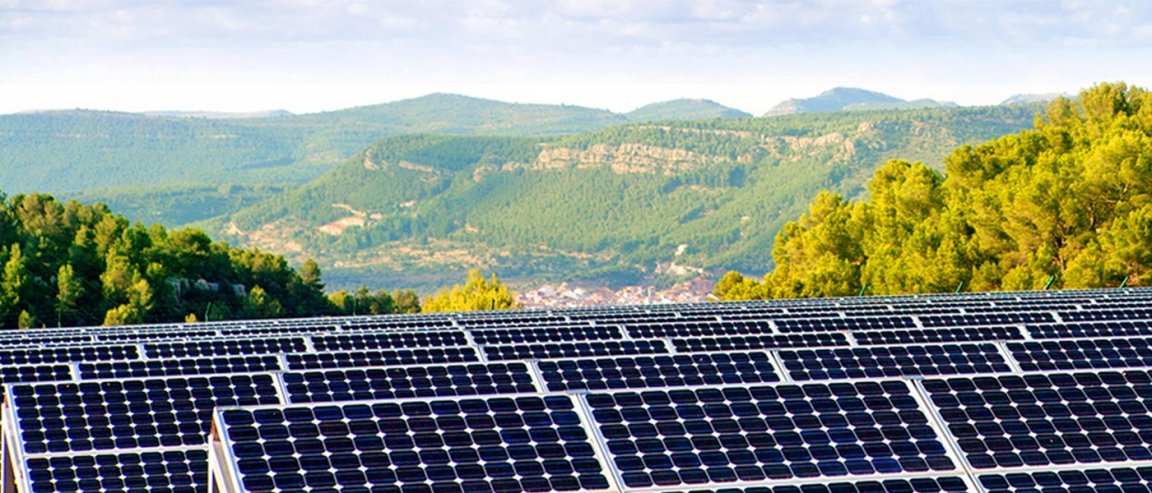
The Green City
Some of you might have heard of Burlington, Vermont. It’s a relatively small city that borders Lake Champlain on the state’s western coast. The total population was just a little over 40,000 in 2013. It’s also home to United States senator and former Democratic presidential candidate Bernie Sanders.
But there’s also something that Burlington has that sets it apart from any other city in the entire nation—something that we hope municipalities will use as a model for green initiatives.
Burlington is the country’s first city to completely run on renewable energy. It get its power from a hydroelectric plant a half-mile away, four wind turbines on the nearby Georgia Mountain, and from the McNeil Generating Station which supplies almost half of the city’s electricity through completely sustainable and local lumber. The airport is even coated with solar panels, and residents haven’t seen a raise in electric costs in 8 years. Throw in plans for more EV charging stations, an expansive bike path, and a collection of waste heat to use for downtown buildings, and we’ve really got something to look up (and forward) to.

But all in all, this was no easy feat and the city has quite a bit of history regarding its ascent from inert manufacturing town to global trendsetter in green power. It’s an astounding achievement considering the fact that the United States’ commitment to addressing climate change has never been very certain.
In June 2013, now former President Obama formed the Climate Action Plan, a 21-page document outlining a strategy to cut carbon pollution, along with steps to prepare the country for the man-made continuation of climate change. The document provides some hope in prioritizing the issue for years to come.
The incoming Trump administration has signaled that it intends to chart a new energy policy, which at the moment is unclear; the fate of national clean energy initiatives is therefore uncertain, but of course, in a federal republic, individual states are free to undertake whatever clean energy programs they wish. With temperatures in the country hitting all-time record highs since its initial tracking in 1880, it’s more important than ever to take after Burlington and its commitment to a near future of net-zero energy consumption.
Other Cities Are Leading The Way
Take Las Vegas for example. Local government announced in December last year that they are now 100 percent powered by renewables. They were able to purchase carbon-free electricity from a massive solar array called Boulder Solar 1, which they plan to use in powering 140 buildings, facilities, and streetlights. The transition in energy sources would save the city approximately $5 million per year in spending alone.
Moving halfway across the world, Aarhus is making a remarkable transition of their own. The large municipality in Denmark built the world’s first waste treatment plant that uses wastewater and sewage to create electricity. The Marselisborg Wastewater Treatment Plan was upgraded to generate enough energy to power itself, with extra unspent energy being used to pump clean drinking water for 200,000 residents.

Last year, 68 American cities in both red and blue states joined together and wrote an open letter to then President-elect Trump, asking him to work with them in taking an initiative toward a clean energy future.
These are all examples of what is being done to not only reduce the effects of climate change, but to bring awareness to a ubiquitous problem affecting us all.
So What Can Be Done Now?
Governments all around the world need to take action. We can learn a lot from Burlington’s commitment to creating an efficient clean energy system.
The Paris climate conference in December 2015 gathered 195 countries together to sign the Paris Agreement. This global action plan agreed to have countries find ways to attain worldwide climate-neutrality before 2100.

We need to bring more solutions to the table and act upon them. For one, the prospect of nuclear fusion in energy generation as a response to global warming has been on hold for 60 years, but might finally become a reality. We’re hoping that the ITER project in France completes their experimental fusion reactor so that hopefully, a global trickle-down effect will occur in the years to come.